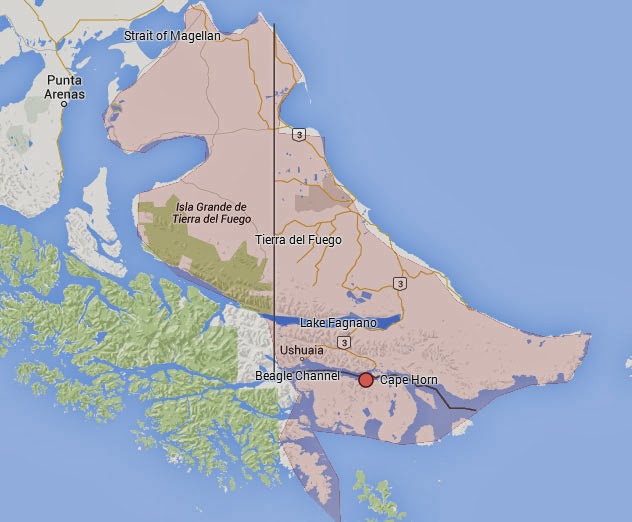The Humboldt Penguin recovers along the Peruvian Coast
 |
| Adult Humboldt Penguins photographed at the northern most location of the species geographic distribution; Isla Foca. Photo: Jorge Novoa |
The Humboldt Penguin recovers along the Peruvian Coast
Penguins evoke emotions in most people. They look very different from other birds. Penguins stand straight, are flightless, waddle when they walk, have smooth coats that look like fur, and fly under water; literally. Penguins use the same mechanics to fly underwater as what other birds use to fly in the air. While Antartica is known as the Penguin continent, other species such as the Magellanic, Galapagos, and Humboldt Penguins inhabit the coast of South America up to the Galapagos Islands. |
| Humboldt Penguins gracefully fly underwater just as other birds fly in the air. Photo: Irawan Subingar |
 |
| Map showing the reographic distribution of the Humboldt Penguin |
Humboldt Penguins nest in colonies of varying sizes on islands, rocky areas, and caves that offer suitable nesting substrate. Historically, penguins nested in burrows excavated in the thick layer of guano (seabird manure) accumulated over many years, or in soils that offered the structural consistency to excavate a shallow burrow. The overexploitation of guano along the coast of Peru has limited the sites with suitable nesting conditions for this species. In Peru, the number of breeding colonies declined from 17 in 1981 to two in 1996, but had recovered to six by 1999. In 2000, 78% of the total Peruvian Humboldt Penguin population of 4,425 birds was clustered in five colonies.
The population status improved by the year 2004 when around 5,000 individuals were estimated to occur at 21 sites, 16 of which were considered breeding sites. The population growth appears to continue. In 2008 a census limited to only twelve sites yielded a total of 4,632 Humboldt penguins, suggesting that all 21 sites should have a population greater than the 5000 birds counted in 2004.
 |
| Large group of molting Hlumboldt Penguins on San Lorenzo Island near Lima. Photo: Mar Adentro Excursiones. |
Conservation
The Humboldt Penguin is threatened by a combination of multiple anthropogenic and naturally occurring factors. Historical declines resulted from over-exploitation of guano, which is still harvested in Peru, and likely limits the availability of preferred nesting habitat. It is estimated that up to 500 birds die entangled in fishing nets every year, making this the main causes of mortality. Commercial overfishing has also been cited as limiting the population growth. The real threat is however severe El Niño events. Conservation measures should aim to maintain healthy populations able to face an eventual severe El Niño event.
 |
| Typical nesting and resting penguin habitat showing a cave and accessible rocky outcrops. Photo: David Moran |
The Humboldt Penguin is currently protected by the International Union for the Conservation of Nature (IUCN). In Peru, 12 of the principal colonies are legally protected by the government institute managing guano extraction. Other protection measures proposed include establishing awareness programs around key colonies to reduce hunting and bycatch, reducing fish harvests around major colonies and elsewhere during an El Nino event.
Where can you see them
Humboldt Penguins occur throughout most of the Peruvian Coast and can be found in small numbers just about anywhere there is a cave or suitable rocky outcrops at the base of vertical cliffs. However larger and more reliable congregations can be seen on the Ballestas, San Gallan, Asia, and Pachacamac Islands. A few dozen birds are regularly seen near the fishing village of Pucusana.
 |
| Humboldt Penguins in Pucusana, appear more habituated to people and swim near boats. Photo: Luke Seitz |
A fairly large Penguin colony can be seen near the city of Lima on the San Lorenzo Island. Some specimens are kept in the authorized collections, including Parque de las Leyendas and Huachipa Zoos in Lima.

Comments
Post a Comment